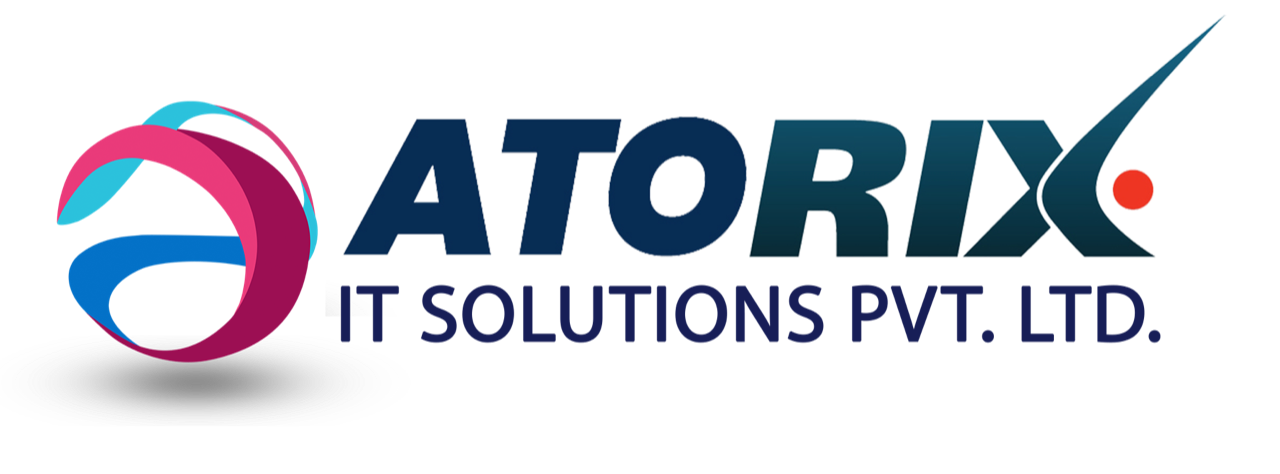SAP S/4 HANA/ECC 6.0
SAP Solution Architects working with the SAP ERP Business Suite who would like to know more about S/4HANA and how to move to it. If you are already on S/4HANA, it will not be of interest. I explain why now is the time to understand this topic and ensure that your SAP strategy takes it into account. At SAP, we can see more and more customers moving to S/4HANA. I am working with multiple organisations where the business owners want to understand the route to the new solution and the benefits it can bring.

Why Consider S/4HANA Now?
Why should you understand and analyse a move to S/4HANA right now?
- Strategy: S/4HANA is SAP’s lead ERP solution. Your overall SAP strategy is incomplete without a view on S/4HANA.
- Benefits: S/4HANA provides many additional IT and business benefits over and above ERP.
- Spend: You may want to stop investing in parts of your ERP solution that are not part of S/4HANA or will not continue to be developed further.
- Innovation: Many new SAP innovations are now only available to S/4HANA customers. These provide opportunities for business transformation.
- Be prepared: There are projects that can be executed now to reduce the duration of the critical path to S/4HANA once you get started.
- Support: end of support for SAP Business Suite 7 (including ERP 6) is 2027
For a solution architect, the changes in the “intelligent enterprise” that enable these are:
- New user experience with Fiori apps by role on any device.
- The HANA database provides in-memory speed with OLAP (analytics) and OLTP (transaction processing) on one platform.
- Intelligent innovations: many apps include embedded analytics and artificial intelligence / machine learning. These provide actionable insights.
- HANA enables a simplified data model that allows many innovations e.g. accelerated period-end closing.
- Choice of cloud and on-premise deployment.
- Simplified infrastructure with less instances.
- Industries are part of the core solution.
- Modernization with new open source technologies
How is S/4HANA different to ERP?
8700+ SAP customers are live on SAP S/4HANA. As a solution architect you need to understand what SAP is doing with ERP:
- S/4HANA has taken the best ECC solutions and moved them on to a HANA database with a simplified data model. These solutions have been re-worked to take advantage of HANA and its intelligent innovations.
- There are new Fiori UIs, simplifications and improvements. A majority of the IMG configuration is unchanged.
- Over the years, SAP developed or acquired multiple solutions for the same or overlapping requirements. SAP has used this opportunity to rationalize and simplify the solution portfolio. This means that some solutions are discontinued altogether or some solutions remain but with no further investment or development. Typically, these are solutions that have been been superseded or had a low adoption in ECC. For example, credit management (FI-AR-CR) has been discontinued and you must use FSCM Credit Management. The Logistics Information System is still available but not strategic.
- Solutions can be co-deployed e.g., EWM (Extended Warehouse Management), TM (Transportation Management) and MDM (Master Data Management).
- Standard integration has been delivered between S/4HANA and cloud solutions such as Ariba.
- Industry solutions have become part of the standard core.
- Many SAP add-ons have become part of the standard core.
- Solutions have been modernized with newer open technologies: RESTful APIs, OData and Core Data Services (CDS). This makes adoption of disruptive technologies easier e.g. Internet of Things, Blockchain, Big Data and Machine Learning.
- Extension of SAP S/4HANA is possible using the SAP Cloud Platform (SCP) that allows adoption of open-source technology e.g., JavaScript, Node.js and Cloud Foundry. Keep the digital core stable and innovate outside the core.
SAP S/4HANA Cloud is a Software-as-a-Service (SaaS) version of the SAP S/4HANA ERP system and runs on the SAP HANA in-memory database. SAP S/4HANA Cloud allows users to access their data virtually, faster, and “in real time” to accelerate processes.
Quick LINKS
VISIT
4th Floor , Radhika Avenue , Near Jagtap Dairy Circle , Pimple Saudagar , Pune , Maharashtra-411027
- info@atorixit.in
- 8956001555

